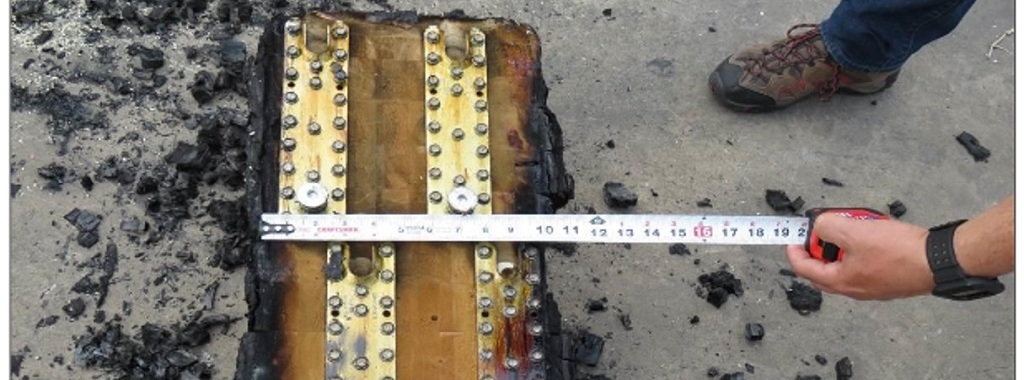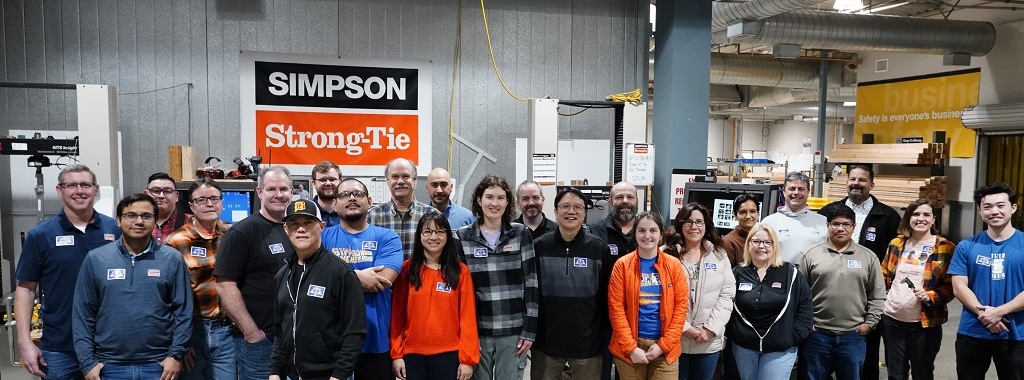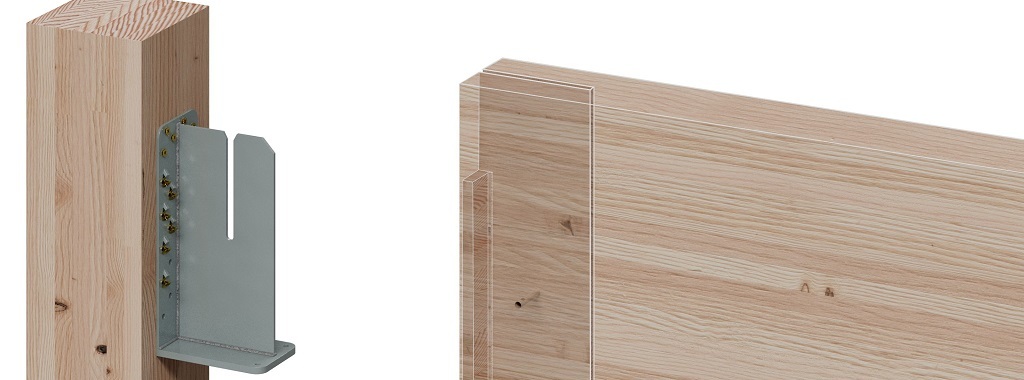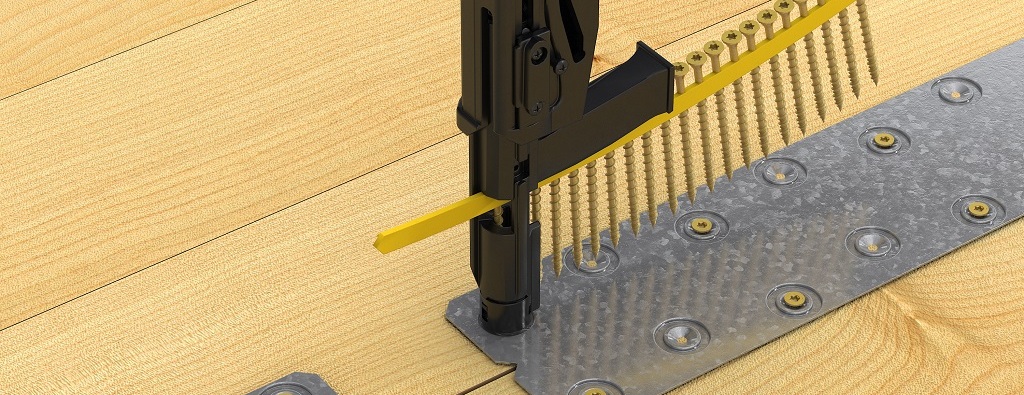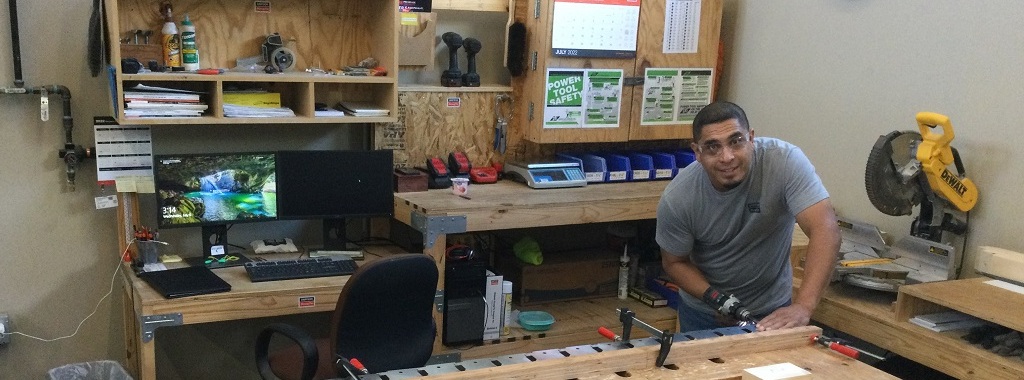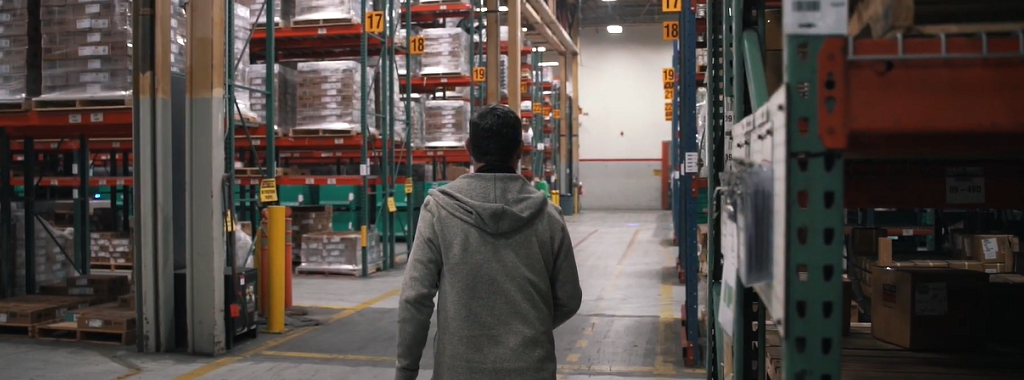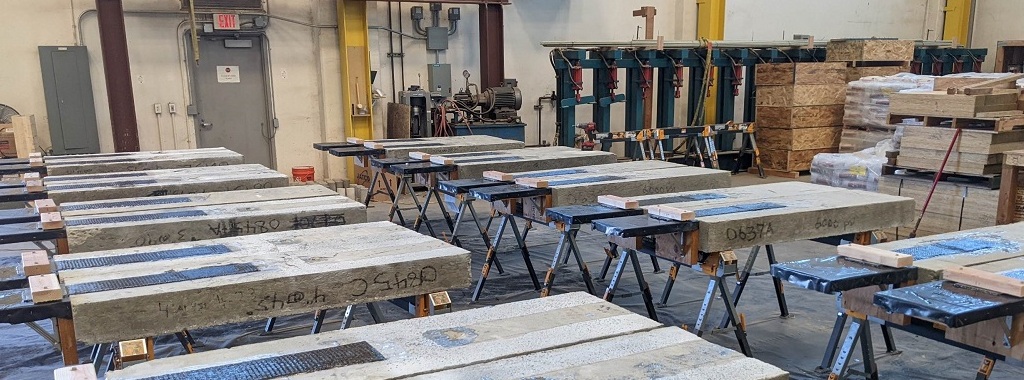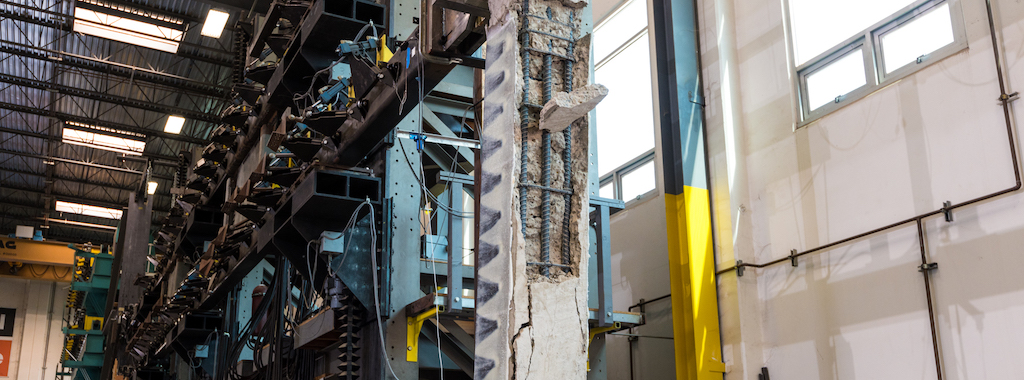In North America, CLT and mass timber construction have garnered considerable press over the last few years, both inside the building industry and beyond. The burgeoning development has inspired new research centers and at least one annual conference — now in its eighth year and attracting scores of presenters and exhibitors and hundreds of attendees from around the world. Numerous observers are even heralding mass timber, or tall timber, as the necessary future of the fast-growing built environment.
Tag: testing
How Innovation Arises at Simpson Strong-Tie — A Field Example
Prior to joining Simpson Strong-Tie in March of 2023, I worked as a consulting structural engineer for 13 years. My background in consulting includes many different project types and sectors, and it’s been exciting to bring that experience to Simpson Strong-Tie to help find solutions for our customers and engineers who specify our products.
Up to the Test: Introducing the Heavy Seated Knife Plate Beam Hanger for Mass Timber
In response to the increasing demand for mass timber construction, Simpson Strong-Tie has created mass timber solutions for these builds. These product addition, include our Heavy Seated Knife Plate (HSKP), ACBH concealed beam hanger, and CBH concealed beam hanger. Gain insights into the design, testing, and efficiency of the HSKP in achieving high loads with fewer fasteners. The blog underscores the structural mechanics and the ongoing process of pushing connector limits in mass timber construction.
Innovation Redefined: The Future of Structural Testing with Our Million Pound Rig
The future of full-scale structures testing and product development is here – and it is BIG. Our Tyrell Gilb Research Laboratory built a brand-new Million Pound Rig to help in the testing of our new Yield-Link® brace connection (YLBC), along with our many other products. Hear from Mike Wesson, Engineering Manager, Tyrell Gilb Research Laboratory, about this latest addition to the research lab.
Mass Timber Diaphragm Options with Four Different Connection Types — How Our LDSS48 Light Diaphragm Spline Strap Evolved
Floors and roofs on mass timber buildings are constructed from large panels of engineered wood, such as cross-laminated timber (CLT) or mass plywood. Designers join these prefabricated panels together on site to create a structural horizontal diaphragm to transfer wind and seismic loads to the vertical elements of the lateral force resisting system. Shear forces between panels must be transferred through these panel-to-panel connections. Conventional wood structural panel sheathed diaphragms have shear capacities and fastener spacing tabulated in Special Design Provisions for Wind and Seismic (AWC SDPWS). Mass timber diaphragms, on the other hand, require some more design work by the designer.
Take a Tour of Our McKinney R&D Lab
Did you know that Simpson Strong-Tie has a research and development lab in our McKinney, Texas, branch? In the following article, Francisco, the McKinney branch lab manager, talks about the history of this lab and what we do there.
My Experience as an Engineering Intern from Gallatin, Tennessee
This summer we welcomed engineering student Sam Lewis to intern at our Gallatin, Tennessee branch. He discusses his hands-on opportunity to test our fasteners, learn more about our company culture and people.
Strategic Alliance with Structural Technologies Brings End-to-End FRP Solutions to Concrete Strengthening and Repair Industry
Simpson Strong-Tie and Structural Technologies formed a strategic alliance for Composite Strengthening Systems™ (CSS) products in 2021. CSS products include fiber-reinforced polymer (FRP) and fabric-reinforced cementitious matrix (FRCM) strengthening systems. Additionally, where CSS products are not a viable solution, the alliance can also offer recommendations and design for other non-CSS or conventional strengthening solutions. This alliance allows each firm to specialize in their areas of expertise:
Touring Tye Gilb Lab: An Architectural Engineering Student’s Perspective
Addie Albro is an architectural engineering student at California Polytechnic State University in San Luis Obispo. She’s working on completing her senior project while learning how to design with steel, timber, masonry, and concrete. We recently had the opportunity to host Addie and other Cal Poly undergrads at our Tyrell Gilb Lab in Stockton, California. She shared her experience visiting the lab and what inspired her to enter the engineering field.
Risk-Taking Innovation Leads to New FRP Strengthening Application
At Simpson Strong-Tie, we’re always seeking out new opportunities for innovation while helping customers find solutions to new challenges. In fact, “relentless customer focus” and “risk-taking innovation” are two of our nine company values. These two values recently came into play with a challenge to test our Composite Strengthening Systems™ FRP products in a new application on a 17-foot-tall concrete column.

